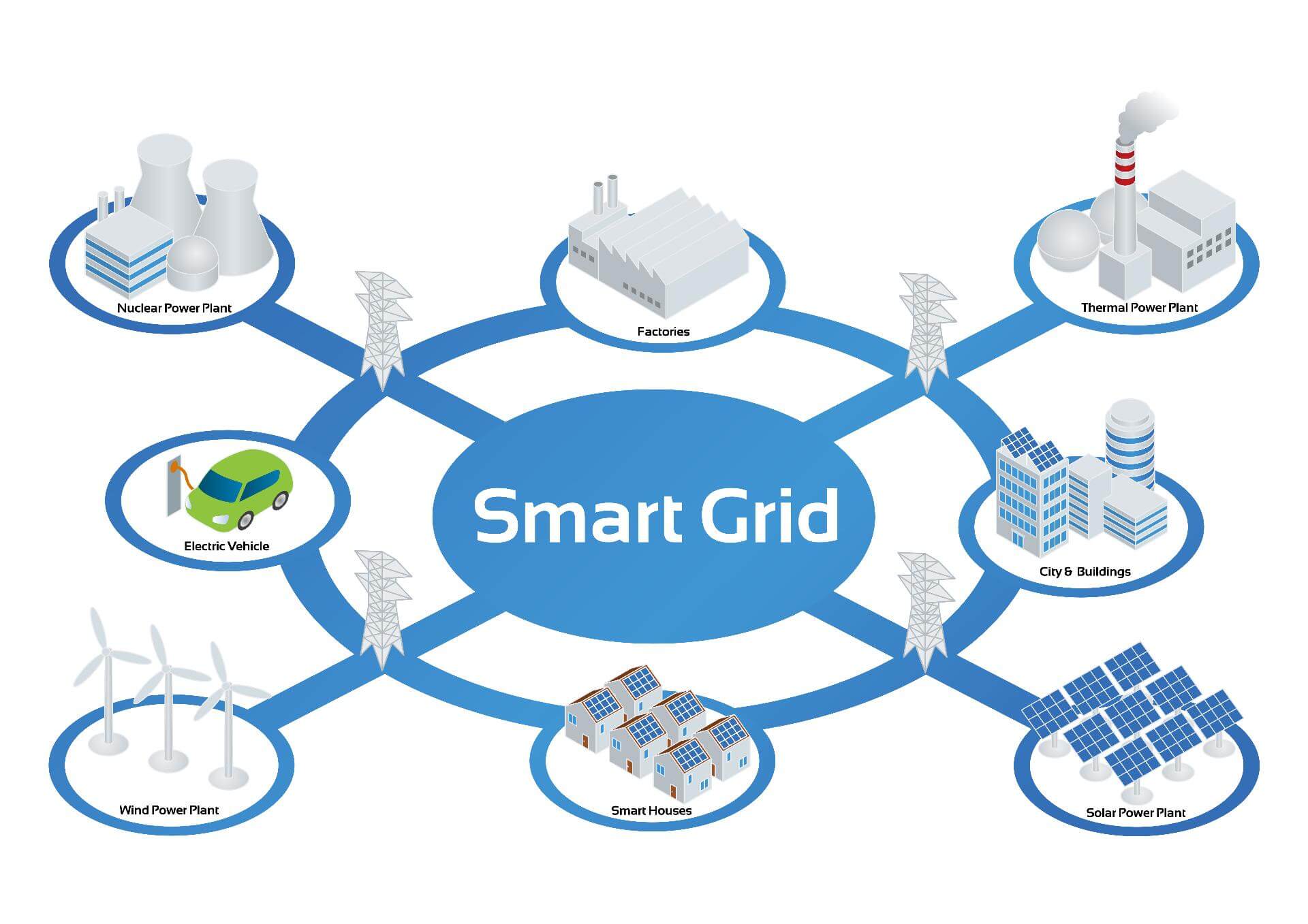With breakthroughs and innovation emerging on an almost daily basis, the smart grid technology industry is burgeoning. For the electric utilities expected to deliver reliable and efficient grid systems, however, the pace is considerably slower. Electric utilities worldwide are facing upheaval on a number of fronts, influencing industrywide trends. Click to tweet: According to a recent white paper from Navigant Research, a combination of factors that includes deregulation, the proliferation of distributed generation (DG) installations, and environmental concerns are expected to mold the smart grid industry in 2015 and beyond.
“Deregulation is occurring globally, even as distributed generation (DG) cuts into the utility’s core business of selling electricity to businesses and consumers,” says Richelle Elberg, senior research analyst with Navigant Research. “Further, the increase in DG installations, along with electric vehicles (EVs), is changing the load profile of distribution circuits, often in concentrated neighborhoods, which can mean reduced grid stability and increased need for infrastructure upgrades.”
One way utilities are adapting to this changing landscape is by maximizing investment in advanced metering infrastructure (AMI) networks for a host of new applications, from consumer engagement to analytics, and from demand response (DR) to time-of-use (TOU) pricing. As utilities leverage this last mile of connectivity, and intelligence morphs and spreads across the grid, the need for increasingly complex and interoperable IT systems, more robust communications networks, and greater collaboration between formerly siloed teams, also grows.
The full white paper is available for free download on the Navigant Research website.























